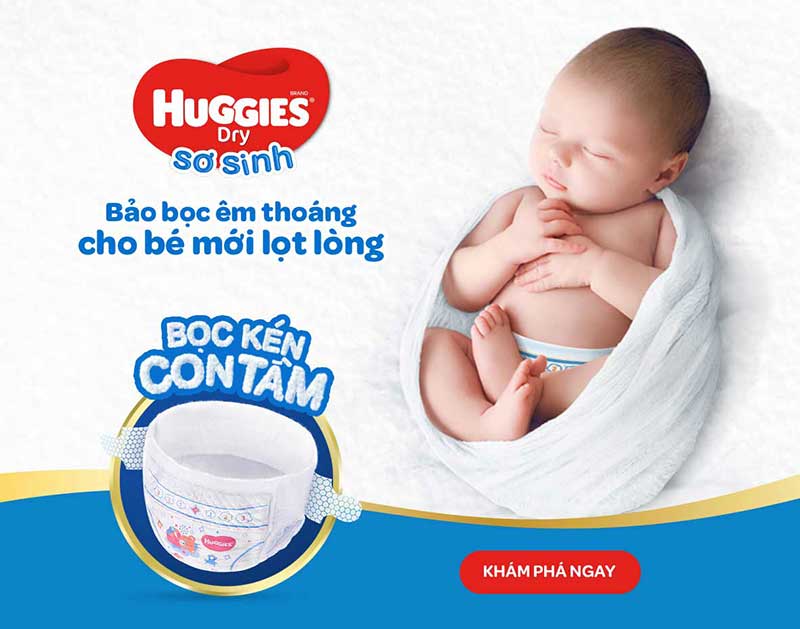In today’s world that is so conscious of health and hygiene, it’s easy to get commercial baby food products that is nutritious for your little one. Nevertheless, we should be selective when choosing commercially prepared baby foods. Make sure you opt to use them only occasionally and are age-appropriate, contain quality ingredients, have minimal or no additives or preservatives and contain no salt or sugar (except in the form of fruit juice).
However, you don’t want to make commercial baby food a primary part of your baby’s diet. Such products are extremely helpful and safe for situations where you are traveling, or working more than usual, but given solely, it tends to cause a few problems, such as:
- Reduced variety of taste, texture and nutrients: Infants who eat home-made foods tend to get a wider variety of tastes, foods, nutrients and food textures. Homemade food offers a plethora of textures and tastes for your baby.
- Exposure to hidden sweeteners: Fruit juice or skim milk is often used to sweeten a product (even those labelled with 'no added sugar'). That’s why some babies develop strong preferences for commercially prepared baby foods. Homemade food on the other hand, won’t have any sneaky added sweeteners or preservatives! You can have total control over what you feed your child.
- Preference for softer and smoother texture: For obvious safety reasons, manufacturers of commercial baby foods generally produce foods that are softer and smoother in texture than home-prepared meals. An over-reliance on soft food for too long can slow the progression to meals. Ideally, increasingly lumpier-textured food should be given at around seven months, leading to finger foods at around nine months. Lumpy food is best for normal baby development (including speech), growth and dentition. Also, lumpy food appears to be important in avoiding food fussiness later. This can be achieved with preparing a meal at home.
- Confusion about quantity: Quantity can be confusing even though the use of a jar may suggest that it’s the ideal serving for all babies. But every child’s capacity is different. You could be left wondering if the quantity is appropriate for your baby.
- Choices based on adult preferences: Marketing of baby foods is sometimes aimed at us, with terms such as 'dinner' or 'dessert' reflecting our eating patterns. The ideal way to feed babies is to mix up food as much as possible and leave the habits to form later!
At the end of the day, your little one should be getting most of their nutrients from a traditional, homemade meal. You can have total quality control over these meals, and you can be 100% sure of what your child is actually consuming. It is the safest and healthiest way to feed your child. Having said that, commercial foods are safe to keep on hand during emergencies, or traveling.








